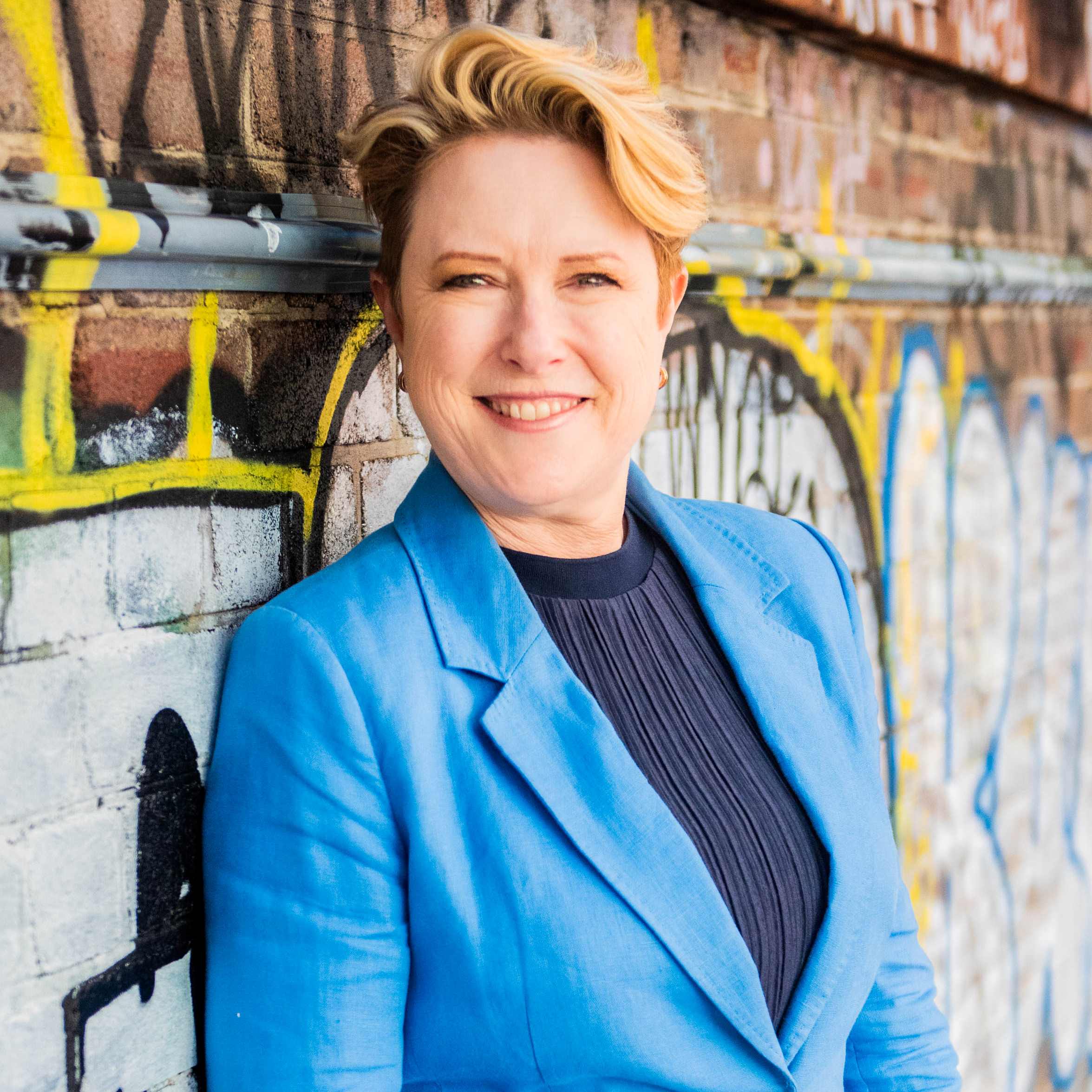On the outskirts of our major cities and regional centres there seems to be an endless supply of newly created suburbs that consist of street after street of project homes. Driving around these areas, you could be forgiven for thinking all the houses are the same, however there are numerous subtle and some not-so-subtle differences. These differences can have a huge impact on both your enjoyment of a home and whether or not it turns out to be a wise investment decision.
Aspect & natural light.
Something to bear in mind with project homes is that they have not been designed with a particular site in mind. So you need to make sure that whatever 'model' has been built on a particular block makes the best use of its aspect. A north or north-east facing garden is the ideal, especially in colder climates when you need to capture all the sun you can get in winter. You need to make sure that the living areas of the home share this aspect and the windows are well placed to bring that sunlight into the house.
Block size.
A subdivision is commonly developed in stages, with each estate being released after the previous estate has sold. Often we find that the earlier releases feature larger block sizes than the newer stages. The reason for this is that the developers want to establish a high base price at the beginning of the sales program. To give you an example, in Point Cook, on the western outskirts of Melbourne, block sizes range from around 600sqm in the older areas right down to blocks around 450sqm in the newer estates. Obviously you can have a bigger house on a larger plot plus more of a garden. But the placement of the house on the block is also important and you will get more outdoor space if you buy a two storey house.
Floor plan.
Often the floor plans of project homes are very similar on first glance and it pays to look closely at the proportions of the rooms. One thing to be really mindful of is whether or not the floor plan is balanced. In some layouts you'll get lovely large bedrooms, but small living areas. In others there's a tiny fourth bedroom or study, whereas in some designs the study can be as large as the 2nd and 3rd bedrooms. Some houses have large sliding doors leading from the living area directly to the garden, while others don't offer the same easy flow from the indoors to the outdoors because of the placement on the block.
Established gardens.
Landscaping costs money and it takes years for a garden to grow and look established. The older areas offer this key benefit over newer areas. The way the gardens are maintained influences the general streetscape and provides a big clue on how house-proud the neighbours are. The prettier the street, the more desirable it is and that has a direct impact on saleability in the future.
Neighbours.
This is a hard one to gauge but certain streets develop a reputation for being great to live in. Keep an eye out for those with a sense of community. For instance some streets hold an annual Xmas street party while others get completely into the spirit with a light show spectacular. Ask the local real estate agents which streets have the friendliest reputations. Or you could knock on the doors of your prospective neighbours and see what response you get. A good indication of a quality neighbourhood is the general standard of upkeep. Are the lawns mowed or are cars parked on them? Have the fences and trims been freshly painted, or is the paint peeling?
Higher ratio of owner occupiers rather than investors.
Often new housing estates are marketed heavily to investors and for the first 5 or 6 years there are only a small proportion of owner-occupiers living there. As a result, these neighbourhoods don't develop the same appeal as those suburbs with fewer tenants. However, as the houses age, the tax benefits for investors start to dry up and the houses start changing hands. This is when the flavour of the area changes as owner-occupiers begin to move in. This can offer some good buying opportunities in the transition stage.
Condition and maintenance.
Some owners are great at keeping their homes clean and in good condition. And some are not so great at it, particularly if the house has been rented out for any period.
Warranty period.
Be mindful that all newly built houses come with a home owners warranty insurance policy. The home owners warranty expires after 7 years so make sure you get your solicitor to check whether the property you are buying is still under warranty. If it is, it would pay to get a more thorough building inspection – one that can be used to lodge a warranty claim if required. Don't let this date slip by because once it's gone, so has the opportunity to claim.
Willing vendor.
If you manage to find two similar properties you'd consider buying, the more willing vendor would probably have the scales tipped in their favour. It might be an investor who is having cashflow struggles. Or perhaps a couple experiencing the unhappy process of a divorce. When properties all look the same, those priced to sell will move quicker than those with a higher price tag.
Good agent.
An agent that has the trust of his/her vendors will be better equipped to negotiate a deal. When there is a lot of available property usually the only ones selling are those that are priced well. And to get the asking price right you need a good agent who can effectively manage the owner's expectations. If the selling agent can't negotiate, or can't make sensible pricing recommendations to their vendor, then often a deal simply can't be done. Move onto a more reasonably priced alternative.
These 10 signs will help you decide which is the best house to buy when there appears to be a lot of choice. If you're considering buying a brand new home, we encourage you to look at the nearby older subdivisions because you might find you get a LOT more for your money. You will benefit from this for years to come and the advantages can far outweigh any government incentives you forgo in the process.
Veronica Morgan & Meighan Wells
Veronica & Meighan are both licensed real estate agents who exclusively help buyers. Together they have nearly 40 years experience as property professionals.
Veronica is principal of Sydney based Good Deeds Property Buyers and is also co-host of The Elephant in the Room property podcast as well as Location Location Location Australia on Foxtel and author of Auction Ready: how to buy property at auction even though you're scared s#!tless!
Meighan is the multi award winning principal of Brisbane based Property Pursuit, chairperson of the REIQ Buyers Agent Chapter & a regular media commentator.





